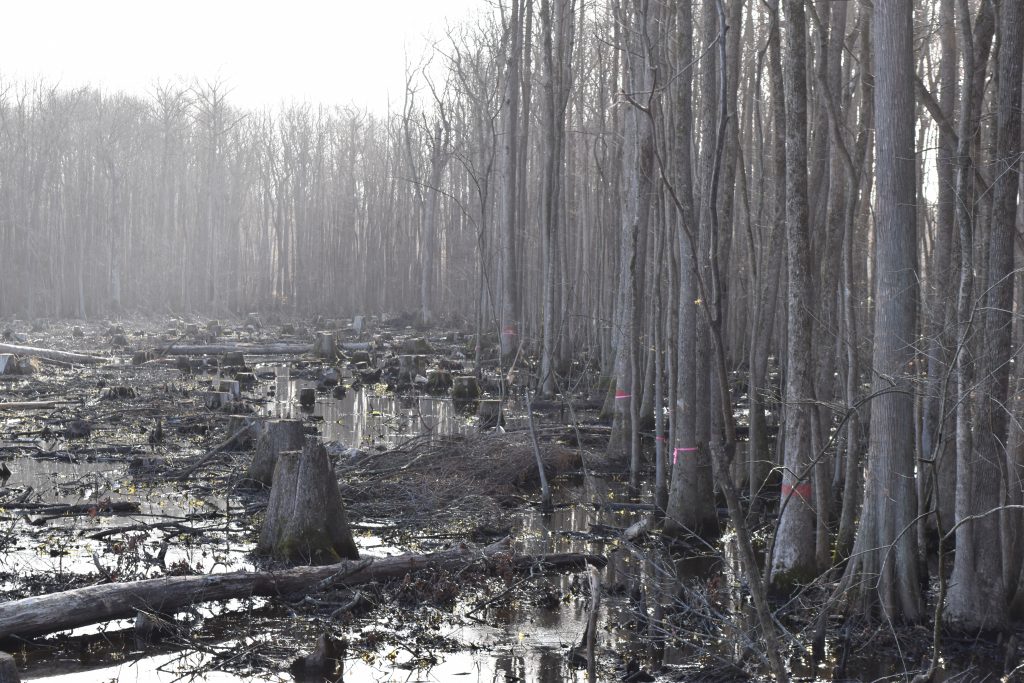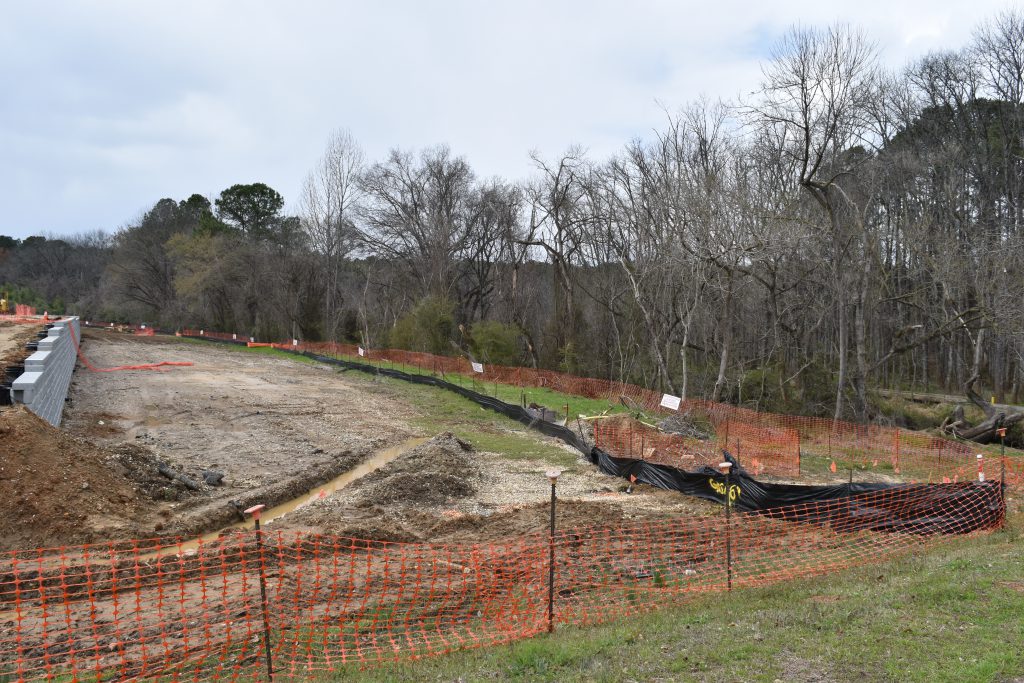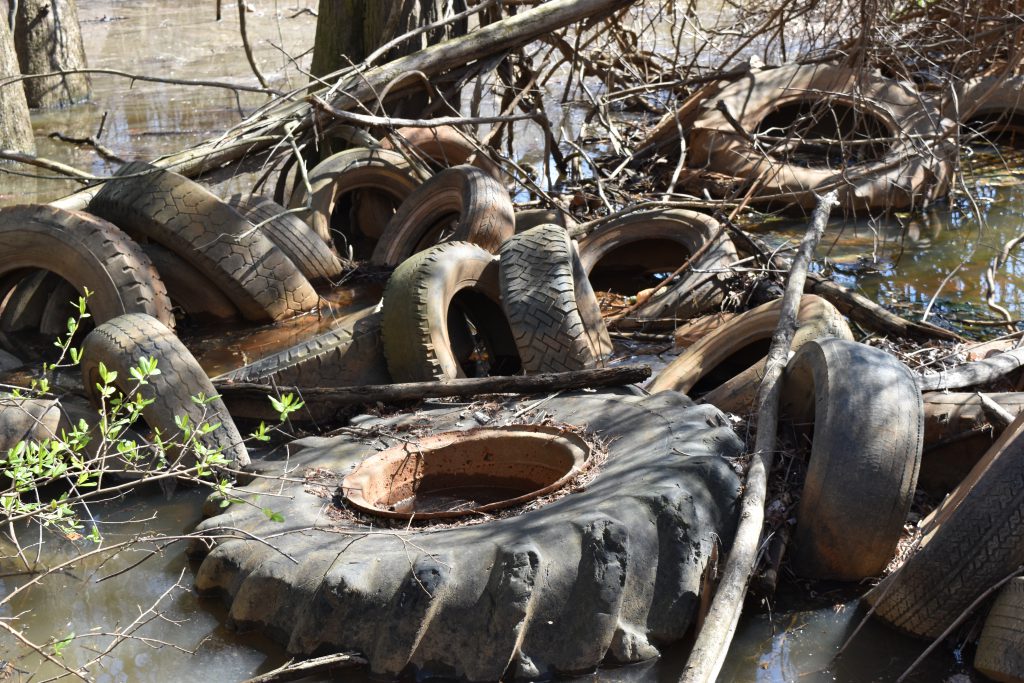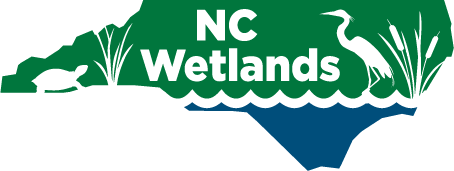Laws
Page updated: April 17, 2025
The Definition of Protected “Waters of the US” (WOTUS)
“Waters of the United States” are waters that the federal government has jurisdiction over under the federal Clean Water Act. This Act is administered by the U.S. Environmental Protection Agency and the U.S. Army Corps of Engineers. In a recent case, the U.S. Supreme Court made a ruling that changes which wetlands, streams, and rivers qualify as “Waters of the United States”. According to the U.S. EPA’s website, “On August 29, 2023, the U.S. Environmental Protection Agency and the U.S. Army Corps of Engineers issued a final rule that amends the “Revised Definition of ‘Waters of the United States'” to conform key aspects of the regulatory text to the U.S. Supreme Court’s May 25, 2023 decision in the case of Sackett v. Environmental Protection Agency. The conforming rule, “Revised Definition of ‘Waters of the United States’; Conforming,” published in the Federal Register and became effective on September 8, 2023. ” Information on current descriptions of “Waters of the United States” can be found here.
Laws Governing Wetlands in North Carolina



This information focuses primarily on wetlands. Impacts to streams, ponds, lakes, and riparian buffers are also regulated, and similar permitting requirements may apply.
Changes to North Carolina wetlands require permits because wetlands hold water, and activities affecting the quality of that water may affect downstream users. To provide guidelines and set limits on proposed wetland changes to benefit all people, both state and federal governments have established rules for wetlands in North Carolina. The North Carolina Division of Water Resources (DWR), North Carolina Division of Coastal Management (DCM), and the United States Army Corps of Engineers (USACE) are the agencies in North Carolina that enforce wetland rules and issue permits for projects that meet the rule requirements and do not violate established water quality standards. Obtaining permission to modify a wetland may mean that replacement of that wetland must be done elsewhere to make up for the loss in wetland functions (mitigation). Rules regarding wetlands in North Carolina are found in sections 401 and 404 of the Clean Water Act (CWA), the Coastal Area Management Act (CAMA), and the North Carolina administrative codes (for Isolated/Non-404 wetlands).
Wetlands in North Carolina provide protection from flooding and erosion, places for recreational activities, habitat for plants and animals including human food sources, and cleansing of water before it enters rivers, estuaries, and the ocean. Yet, rapidly increasing human population in North Carolina has led to an average 770 permit requests per year (since the year 2000) to modify wetlands.
Learn more about why our wetlands matter: functions and benefits of North Carolina’s wetlands.

